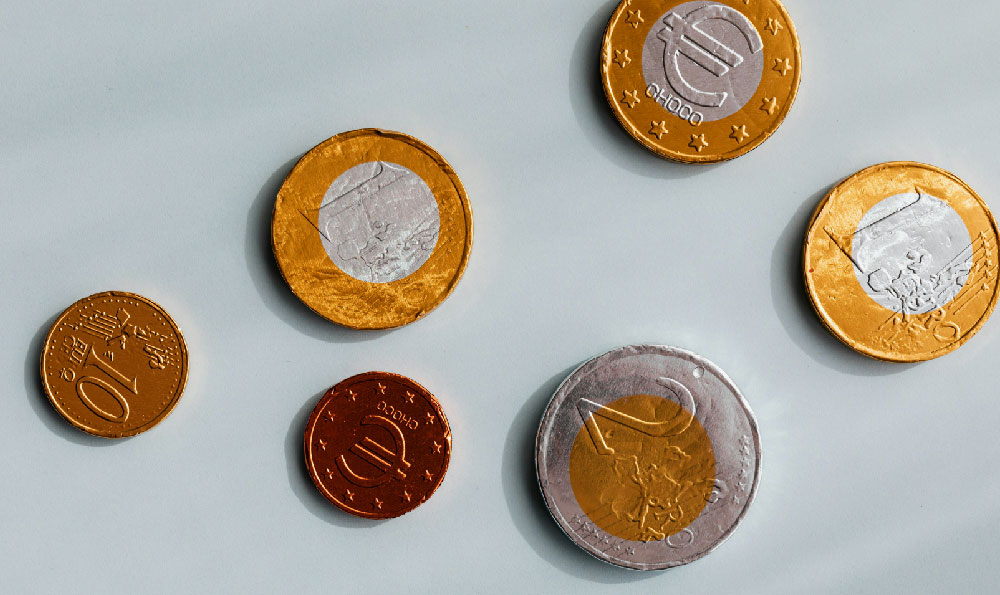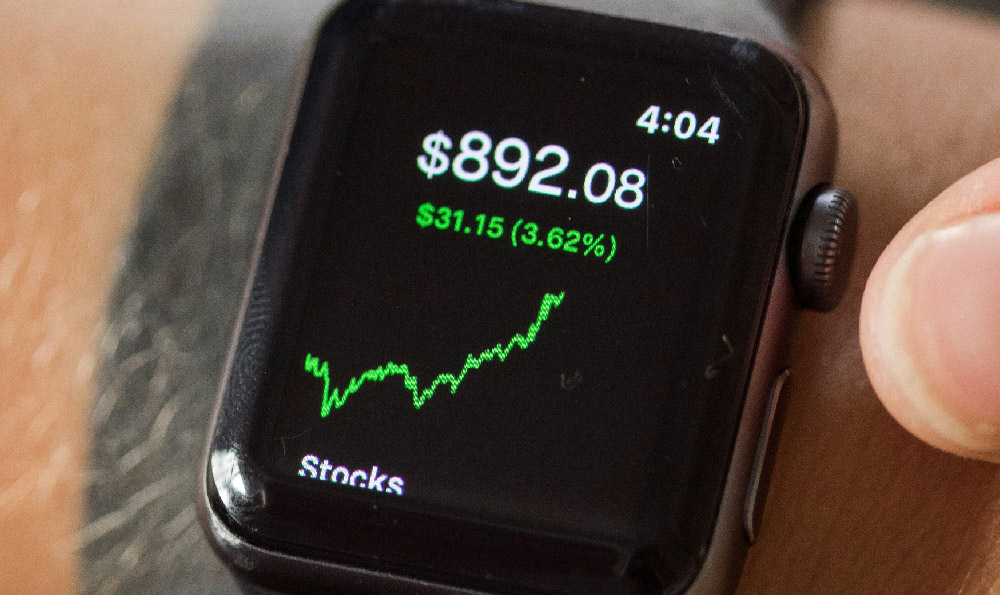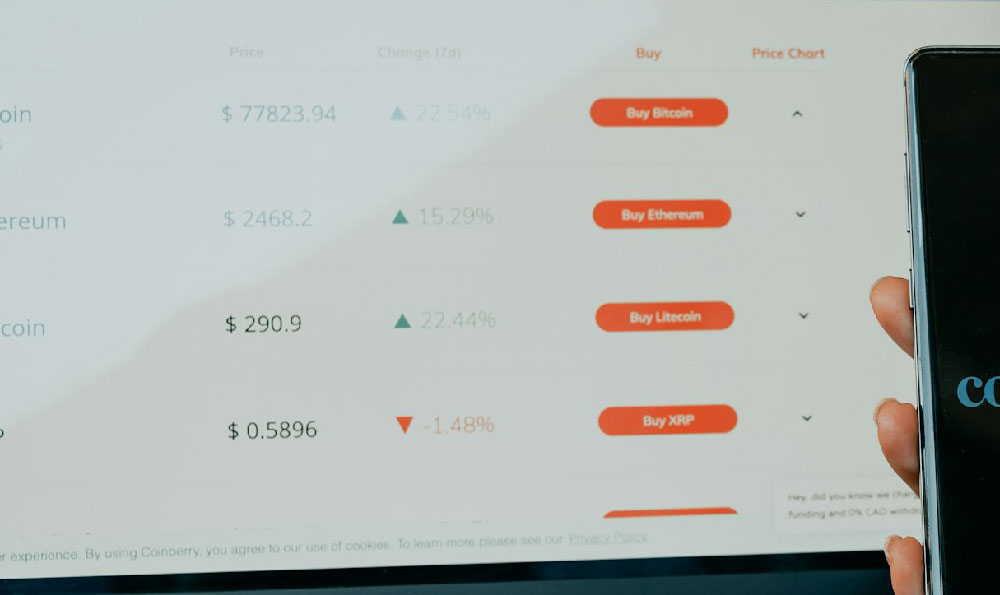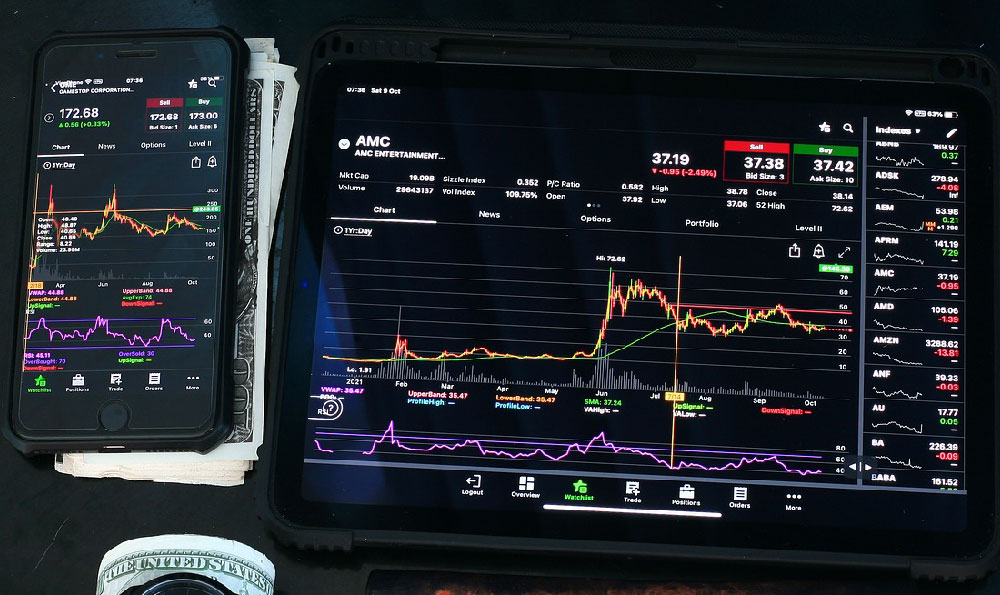How do artists earn money on Spotify? What are the revenue streams for musicians on Spotify?
Here's an article exploring how artists generate revenue on Spotify, focusing on various income streams and factors influencing their earnings:
The Spotify Soundscape: Unveiling the Earnings of Musicians in the Streaming Era
The rise of music streaming platforms, particularly Spotify, has irrevocably reshaped the musical landscape. No longer are physical album sales the dominant force; instead, streams, playlists, and listener engagement dictate an artist's success. But with this paradigm shift comes a crucial question: How do artists actually earn money on Spotify, and what are the diverse revenue streams available to them? The answer, as with many aspects of the music industry, is complex and multifaceted.

The primary source of income for artists on Spotify is undoubtedly royalties generated from streams. However, the specific amount earned per stream is notoriously variable, influenced by a complex web of factors. These factors include the artist's royalty rate (often determined by their recording contract), the listener's location (streaming royalties differ from country to country), whether the listener is a premium subscriber or a free user, and the overall revenue generated by Spotify in a given period. While Spotify doesn't disclose exact per-stream rates, industry estimates generally hover around $0.003 to $0.005 per stream. This means an artist needs hundreds of thousands, even millions, of streams to generate a substantial income from royalties alone.
It's crucial to understand the role of intermediaries in this process. Most artists don't directly negotiate royalty rates with Spotify. Instead, they typically work through record labels, distributors, or aggregators, all of which take a percentage of the streaming revenue. Major labels, with their negotiating power, often secure more favorable royalty rates than independent artists. Independent artists who self-release their music through distributors like DistroKid or TuneCore retain a larger percentage of their royalties, but they also bear the responsibility and cost of marketing, promotion, and distribution. Therefore, the final amount reaching the artist's pocket is always less than the initial per-stream rate.
Beyond the core stream-based royalties, other revenue streams contribute to an artist's overall Spotify earnings. One significant avenue is playlist inclusion. Getting featured on popular Spotify-curated playlists or user-generated playlists with large followings can dramatically boost an artist's visibility and stream count. Placement on these playlists is often achieved through pitching songs to Spotify's editorial team or through strategic collaborations with playlist curators. While some independent playlists operate ethically, others may operate on a "payola" system, where artists pay for playlist placement. This practice, while potentially effective in the short term, raises ethical concerns and can lead to inflated stream numbers without genuine listener engagement.
Spotify also offers various promotional tools for artists to enhance their reach and engagement. Spotify Ad Studio allows artists to create and run audio ads targeting specific demographics and interests. These ads can promote new releases, upcoming tours, or merchandise. While these advertising options require an investment, they can be effective in driving traffic to an artist's Spotify profile and increasing their stream count. Spotify Canvas, another feature, allows artists to add looping visuals to their tracks, making them more engaging and visually appealing to listeners. These visual enhancements can contribute to a more immersive listening experience, potentially leading to increased engagement and repeat streams.
Furthermore, an often-overlooked aspect of Spotify revenue is the potential for indirect income generation. Increased exposure on Spotify can translate into opportunities outside of the streaming platform. For instance, artists who gain popularity on Spotify may see a surge in ticket sales for their live performances. Concerts and touring remain a crucial source of revenue for many musicians, and Spotify can serve as a powerful promotional tool to drive attendance. Similarly, increased visibility on Spotify can lead to licensing opportunities for film, television, and advertising. Having a song featured in a popular movie or commercial can significantly boost an artist's profile and income.
Merchandise sales also benefit from an artist’s enhanced Spotify presence. Fans who discover and connect with an artist's music on Spotify are more likely to purchase merchandise, such as t-shirts, posters, or signed albums, as a way to support their favorite musicians. Artists can integrate merchandise links directly into their Spotify artist profile, making it easier for fans to make purchases.
It's also important to address the debate surrounding Spotify's payment model and its impact on artists, particularly emerging and independent musicians. Critics argue that the current per-stream rates are too low and that the platform disproportionately favors established artists with large followings. They advocate for a fairer distribution of revenue, perhaps through user-centric payment models where subscription fees are allocated based on the actual listening habits of each individual subscriber, rather than being pooled together and distributed proportionally to overall stream counts.
In conclusion, while Spotify offers various revenue streams for musicians, the path to financial sustainability is not always straightforward. Royalties from streams remain the primary source of income, but factors like royalty rates, listener location, and the involvement of intermediaries significantly impact the final amount earned. Playlist inclusion, promotional tools, and indirect income opportunities further contribute to an artist's overall earnings. Navigating the complexities of the Spotify ecosystem requires a strategic approach, a strong understanding of the platform's features, and a commitment to building a loyal fanbase. Ultimately, success on Spotify, and in the music industry as a whole, demands a combination of talent, hard work, smart marketing, and a bit of luck. The future of music revenue may very well depend on continued dialogue and innovation regarding payment models and equitable distribution of resources within the streaming landscape.















